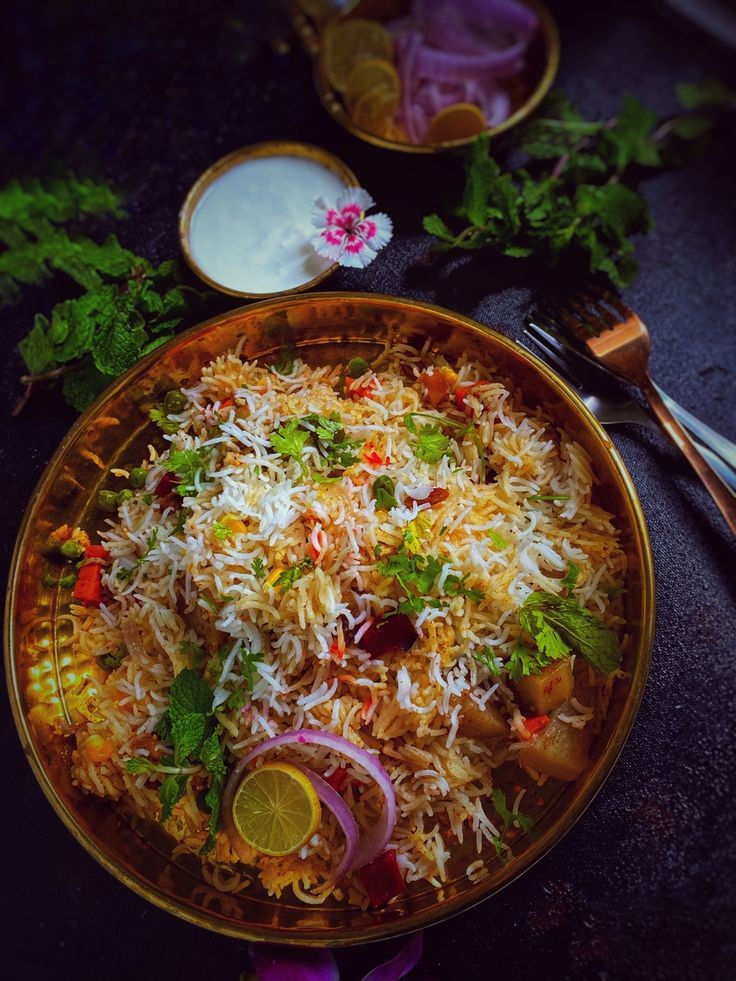Savor the Stories: Fascinating Trivia About Indian Cuisine
- Chirag Gupta

- Oct 13, 2024
- 4 min read
Updated: Oct 30, 2024

Are you ready to embark on a flavorful journey through the rich tapestry of Indian cuisine?
Indian food is not just about tantalizing flavors and aromas; it carries with it centuries of history, cultural evolution, and a myriad of fascinating stories. From ancient origins to modern adaptations, the dishes we enjoy today are steeped in tradition and innovation. Whether you're a seasoned foodie or a casual diner, this blog offers a delightful mix of trivia that will surprise and enlighten you about the diverse and vibrant world of Indian food.

1. What is the ancient origin of Biryani?
Answer: Biryani's history dates back over 4,000 years to the ancient civilizations of Mesopotamia, where it was known as "beriyan." The dish's name derives from the Persian word "biryan," meaning "fried before cooking," which reflects its cooking process. Biryani gained prominence in India during the Mughal era, where it became a dish enjoyed by emperors and nobles.
2. What are some regional variations of Biryani?
Answer: India boasts several unique Biryani styles, each with its distinct flavors and preparation methods:
- Kolkata Biryani: Notable for its use of potatoes, believed to have been added during a food shortage.
- Thalassery Biryani: Originating from Kerala, this version uses small-grain Kaima rice, imparting a rich aroma.
- Ambur Biryani: Known for its spicy flavors, this dish is cooked in the traditional Dum style in Tamil Nadu.
- Pakki and Kacchi Biryani: Pakki Biryani is where the meat is cooked separately, while Kacchi Biryani layers raw marinated meat with rice and cooks them together.

3. How did the Dosa evolve over time?
Answer: Dosa is not a dish that originated recently; it has a rich history dating back over 1,000 years. Ancient scriptures and texts mention its existence. While traditional Dosa is popular in South India with potato and veggie fillings, there are variations like Set Dosa (soft and spongy), Ragi Dosa (made from finger millet), and Neer Dosa (made from thin rice batter).

4. Why are spices significant in Indian cuisine?
Answer: No Indian meal is complete without spices, which are deeply woven into the country's history and culture. Spices are so integral that Indian films are often called "masala movies," reflecting a blend of various elements. India produces over two million tons of spices annually and accounts for over 40% of the global spice trade, highlighting their significance.
5. What role do festivals play in Indian cuisine?
Answer: Festivals in India are synonymous with grand feasts. Each festival features a unique set of delicacies, with traditional sweets and savory dishes. For example, Holi is celebrated with thandai, while Janmashtami offers a variety of dishes, particularly in regions like Mathura and Vrindavan.

6. What is the story behind Gujiya?
Answer: Gujiya, a traditional sweet enjoyed during Holi, may have roots in the Turkish baklava or be inspired by the samosa. Historical accounts suggest that in the 13th century, jaggery was mixed with honey, encased in wheat flour, and sun-dried to create this beloved sweet.

7. Who invented Dodha Barfi, and what makes it unique?
Answer: Dodha Barfi was accidently created by wrestler Harbans Vig in 1912, who sought to enhance his monotonous diet of ghee and milk. He experimented with milk, cream, sugar, and ghee, giving rise to the opulent barfi, which continues to be produced using the original recipe at The Royal Dodha House, managed by his great-grandson.

8. What are some iconic Indian street foods?
Answer: Indian street food has a rich history and reflects the country's dynamic social changes. Some popular street foods include:
- Pani Puri (Gol Gappa/Puchka)
- Vada Pav
- Pav Bhaji
- Dahi Puri
- Bhel Puri
- Aloo Tikki
- Chole Bhature
- Samosa
- Jalebi
- Aloo Chaat
- Kachori
- Chana Chaat
- Sev Puri
9. What health benefits are associated with Indian food?
Answer: Indian food is not just flavorful; it may also offer several health benefits, including:
- Helping with digestion
- Being high in antioxidants
- Boosting immunity
- Benefiting heart health
- Aiding in weight loss
- Helping control blood sugar levels
- Enhancing brain function
- Improving mood
- Supporting bone health
- Promoting skin health
Conclusion
The world of Indian cuisine is as vast as it is diverse, rich with history, culture, and tantalizing flavors. Each dish tells a story, from ancient origins to modern adaptations, reflecting the heart of Indian society. Whether you’re celebrating a festival, exploring street food, or indulging in the deliciousness of sweets, there’s always something new to discover. So, the next time you savor a plate of biryani or bite into a dosa, remember the fascinating trivia that makes Indian food so special!

Personal Experience
Gol Gappa is my go-to snack any time of the day. I love the perfect blend of tangy imli (tamarind) water and refreshing jal jeera, which elevates the experience with every bite. There's something magical about the crispy puris filled with spiced water that not only satisfies my cravings but also aids in digestion. Whether I’m on a break at work or enjoying a casual evening with friends, indulging in Gol Gappa is always a delightful choice. It's a simple pleasure that never fails to lift my spirits, making it a cherished part of my culinary journey in Delhi.



Indian foods are the best
now feeling hungry